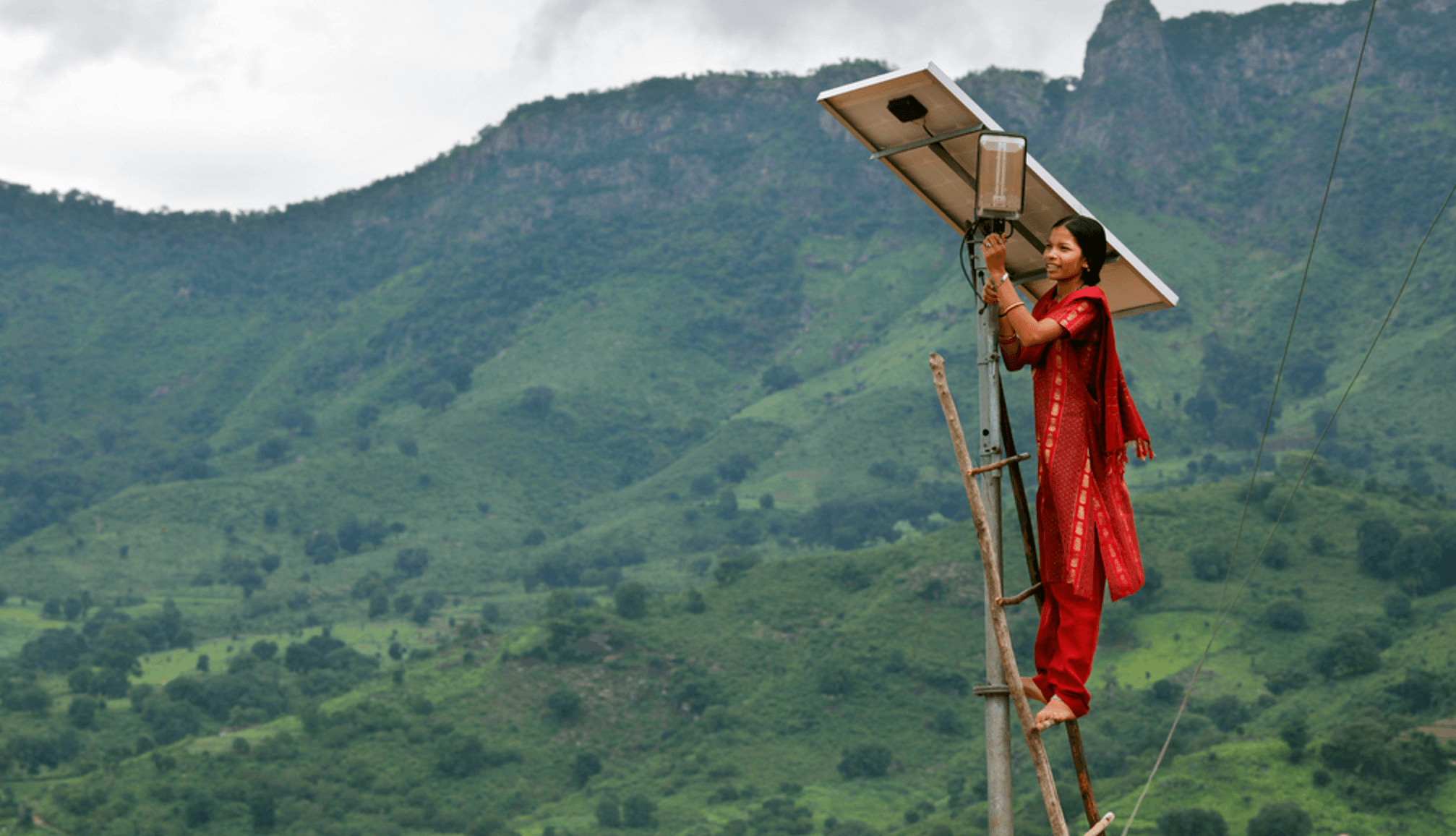U.S. Vice President Mike Pence is on a mission this week to win the hearts and minds – and cooperation – of Southeast Asian leaders. He’s doing so with the help of a recently passed bill that creates a new U.S. development bank that will help American businesses invest in developing economies.
In a recent op-ed for the Washington Post, Pence said the Better Utilization of Investments Leading to Development (BUILD) Act will “spur renewed private investment in regional infrastructure.” And it will more than double the U.S.’ current development finance capacity to $60 billion.
Politically, many analysts say it’s a move to counter China’s growing influence in developing countries, as China has financed and built hundreds of millions of dollars’ worth of infrastructure and other development projects over the last couple decades. Pence himself described it as part of the Trump administration’s “Indo-Pacific strategy.”
But experts and organizations within the global development sector are also praising the passage of the BUILD Act as a much-needed move to modernize U.S. development efforts. The Center for Global Development called it the “the biggest step forward in U.S. development policy” in 15 years.
What is the BUILD Act?
In short, it will consolidate the U.S.’ existing development finance institutions – the Overseas Private Investment Corporation (OPIC) and the U.S. Agency for International Development’s (USAID) Development Credit Authority – into one new agency. That agency will be called the U.S. International Development Finance Corporation (USDFC).
The new bank will not only have a much higher investment ceiling than the current institutions, but it will also offer technical assistance, give “preference” but not be limited to U.S. investors and have new finance capabilities, like making limited equity investments (buying shares of stock in companies). Doing so will give the U.S. “more flexibility to support investments in developing countries to drive economic growth, create stability, and improve livelihoods,” says OPIC.
The new bank also aims to have a stronger focus on low-income and low-middle income countries, be more transparent with project-level reporting and maintain stronger human rights, labor and environmental standards.
To be clear, the push for a new agency wasn’t because the existing agencies were defective. In fact, in 2016, the Center for Global Development described OPIC as a “high-performing, if still little-known, agency.” That year was the 39th year in a row that OPIC, running at a profit, paid into the U.S. Treasury. OPIC says that over the last decade, it has contributed $3.7 billion to reducing the deficit. It just hasn’t been significantly updated since it was founded in 1971.
“OPIC is a very influential development finance agency, but it operates using old methods and outdated authorities,” wrote Daniel Runde and Romina Bandura, senior vice president and senior fellow, respectively, of the Center for Strategic and International Studies. “OPIC needs a remodeling to allow it to fully compete in today’s global economy.”
And that’s why more than seven years ago, the Center for Global Development proposed a new consolidated finance agency. Sponsored by Senators Bob Corker (R-TN) and Chris Coons (D-DE) and Representatives Ted Yoho (R-FL) and Adam Smith (D-WA), the BUILD Act was finally signed into law on October 5. By October next year, the bank is expected to be operational. Meanwhile, the president, Congress, OPIC and USAID will work on a reorganization plan.
In a press briefing with Asia-Pacific media, OPIC Executive Vice President David Bohigian called the BUILD Act a “legislative miracle.” Just last year, there were rumors that OPIC was on the Trump administration’s chopping block. This was especially concerning as other countries have continued to step up their foreign direct investments because of its appeal as an alternative to aid that avoids fostering dependence.
China, in particular, has poured billions into what’s largely seen as a bid to expand trade and influence through its “Belt and Road Initiative.” Last year, China announced that it’s planning to invest $30 billion just in Haiti.
But OPIC says the Development Finance Corporation will be different than China: It will offer contracts that are transparent, sustainable and “financially viable over the long haul.”
“The DFC will help countries sidestep opaque and unsustainable debt traps being laid by Beijing throughout the developing world and help more American businesses invest in emerging markets, including many places that are of key strategic importance to the United States,” the agency’s website says.
According to some development finance experts, adhering to that focus on development and best practices will be the best and only way for the new agency to compete with China.
Still, it seems that most organizations and experts in the sector are optimistic about this long-awaited change to U.S. development finance.
In a press release, Aria Grabowski, senior policy advisor on aid and development finance at Oxfam America, said, “The BUILD Act has the potential to showcase the best of U.S. overseas lending: building up the economies of developing countries to create the trading partners of tomorrow for American companies and goods.”
Whether it can reach that potential now rests on how well the current agencies can come together to form a new one.
